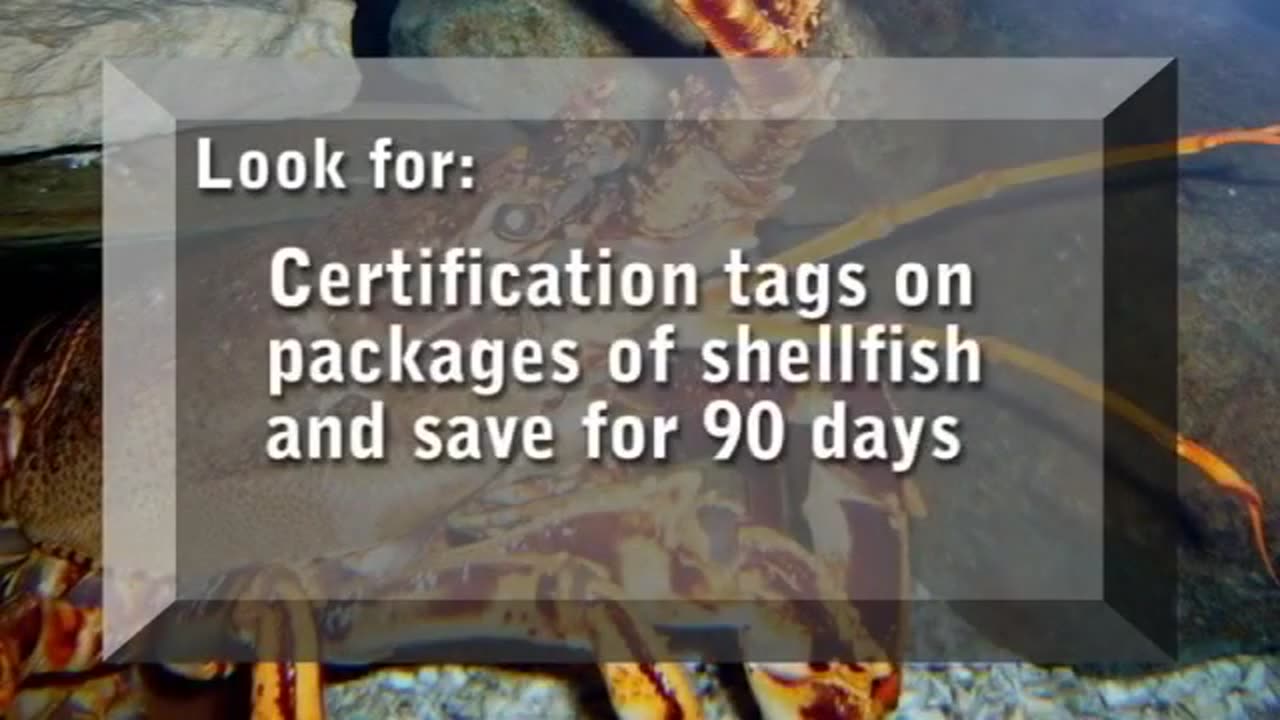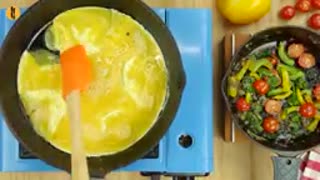Premium Only Content

Food Handler Training Course- Part 3
### **Food Handler Training Course (Part 3) – Preventing Cross-Contamination**
Cross-contamination is a leading cause of foodborne illnesses. It occurs when harmful bacteria, allergens, or other contaminants are transferred from one surface, food, or object to another. As a food handler, understanding and preventing cross-contamination is essential to maintaining food safety.
---
### **Objectives of Part 3**
1. Understand what cross-contamination is and how it occurs.
2. Learn practical steps to prevent cross-contamination.
3. Recognize high-risk foods and critical control points.
---
### **What is Cross-Contamination?**
Cross-contamination happens when harmful microorganisms, allergens, or foreign substances transfer between:
- Foods (e.g., raw to ready-to-eat foods).
- Surfaces and equipment (e.g., cutting boards, utensils).
- People (e.g., hands or clothing).
---
### **Why Cross-Contamination is Dangerous**
1. **Foodborne Illness:**
- Harmful bacteria like Salmonella, E. coli, or Listeria can spread from raw foods to ready-to-eat foods.
2. **Allergen Exposure:**
- Cross-contact can transfer allergens, potentially causing severe allergic reactions.
3. **Regulatory Violations:**
- Failing to prevent cross-contamination can result in penalties and loss of customer trust.
---
### **Common Sources of Cross-Contamination**
1. **Raw Foods:**
- Meat, poultry, seafood, and eggs can carry bacteria that contaminate other foods.
2. **Shared Equipment:**
- Cutting boards, knives, mixers, and other utensils used for multiple tasks.
3. **Hands and Clothing:**
- Hands and clothing can transfer bacteria and allergens between tasks.
4. **Storage Practices:**
- Improper storage of raw and ready-to-eat foods can lead to contamination.
---
### **How to Prevent Cross-Contamination**
#### **1. Separate Raw and Ready-to-Eat Foods**
- Use separate cutting boards and utensils for raw foods and ready-to-eat foods.
- Store raw meats, poultry, and seafood on the bottom shelves of refrigerators to prevent drips onto other foods.
#### **2. Implement Color-Coded Systems**
- Assign specific colors to equipment for different tasks:
- **Red:** Raw meat.
- **Blue:** Raw fish.
- **Green:** Fruits and vegetables.
- **Yellow:** Cooked or ready-to-eat foods.
- **Purple:** Allergen-free foods.
#### **3. Clean and Sanitize Regularly**
- Wash, rinse, and sanitize surfaces, utensils, and equipment after each use.
- Use separate cleaning cloths for raw and ready-to-eat food areas.
#### **4. Practice Good Hand Hygiene**
- Wash hands thoroughly after handling raw foods, touching garbage, or switching tasks.
#### **5. Use Disposable Gloves Correctly**
- Change gloves between tasks, especially after handling raw foods or allergens.
#### **6. Train Staff on Allergen Awareness**
- Educate employees about allergen risks and the importance of avoiding cross-contact.
- Use dedicated tools and storage for allergen-free foods.
---
### **Critical Control Points**
Food handlers should focus on these areas to prevent cross-contamination:
1. **Preparation Areas:**
- Keep raw and cooked food preparation areas separate.
2. **Storage:**
- Store food correctly in the fridge, freezer, and pantry to prevent contamination.
3. **Cooking Equipment:**
- Ensure all equipment is cleaned and sanitized between uses.
---
### **Examples of Safe Practices**
- **Scenario 1:** A chef uses a cutting board for raw chicken and immediately washes, rinses, and sanitizes it before using it for vegetables.
- **Scenario 2:** A baker keeps allergen-free utensils in a separate, labeled drawer to avoid accidental cross-contact.
---
### **Common Mistakes to Avoid**
1. **Reusing Dirty Equipment:**
- Using the same knife or cutting board without cleaning can transfer harmful bacteria.
2. **Improper Storage:**
- Storing raw meat above ready-to-eat foods in the refrigerator is a recipe for contamination.
3. **Touching Food Without Washing Hands:**
- Handling food with dirty hands spreads bacteria quickly.
4. **Not Cleaning Spills Immediately:**
- Leaving spills or drips unattended can contaminate surrounding areas.
---
### **Tips for Success**
- Post signage and reminders in the kitchen to reinforce cross-contamination prevention.
- Conduct regular training and refresher courses for employees.
- Assign supervisors to monitor compliance with food safety protocols.
---
### **Conclusion**
Preventing cross-contamination is a critical responsibility for all food handlers. By following best practices and maintaining a clean and organized workspace, you can minimize risks and ensure food remains safe for consumption.
---
Would you like to proceed to **Part 4: Safe Food Storage** or explore another topic in more detail?
-
 6:54
6:54
HSESafetyInformation
8 months ago6 Must Try Breakfast recipes By Food Fusion
371 -
 3:21:38
3:21:38
The Charlie Kirk Show
5 hours agoJUDGMENT DAY 2025: The Election Results Stream
161K72 -
 3:51:07
3:51:07
MattMorseTV
6 hours ago $0.75 earned🔴Election Day LIVE COVERAGE.🔴
78.3K43 -
 1:16:51
1:16:51
Flyover Conservatives
22 hours agoSHOCKING DATA REVEALS: Young Voters Are Done With the Old GOP - Mark Mitchell, Rasmussen Reports | FOC Show
26.6K16 -
 1:15:28
1:15:28
Sarah Westall
5 hours agoGrooming is Protected and Encouraged by the System – Michelle Peterson and Mike Adamovich
25.4K6 -
 LIVE
LIVE
Akademiks
3 hours agoKendrick tries to Flip the Bots on DRAKE? WHo Beats Jay z in a verzuz. Blueface finally free!
924 watching -
 1:38:16
1:38:16
Professor Nez
8 hours ago🚨ELECTION NIGHT 2025 LIVE! Massive Upsets Brewing in New York, New Jersey & Virginia!
28.1K9 -

Due Dissidence
11 hours agoLIVE: ELECTION RESULTS From NYC, NJ, and VA - Trump Approval CRATERS, Kash's Private Jet CRASH OUT
47.2K20 -
 12:50
12:50
Demons Row
4 hours ago $0.04 earnedBikers of New Jersey 💀🏍️ Pagans, Thunder Guards, and Thug Riders
23.2K6 -
 42:31
42:31
Stephen Gardner
8 hours ago🔥Old Obama Video RESURFACES - His Own Words CONDEMNED Him! Trump Gains MASSIVE Momentum!!
30.5K22